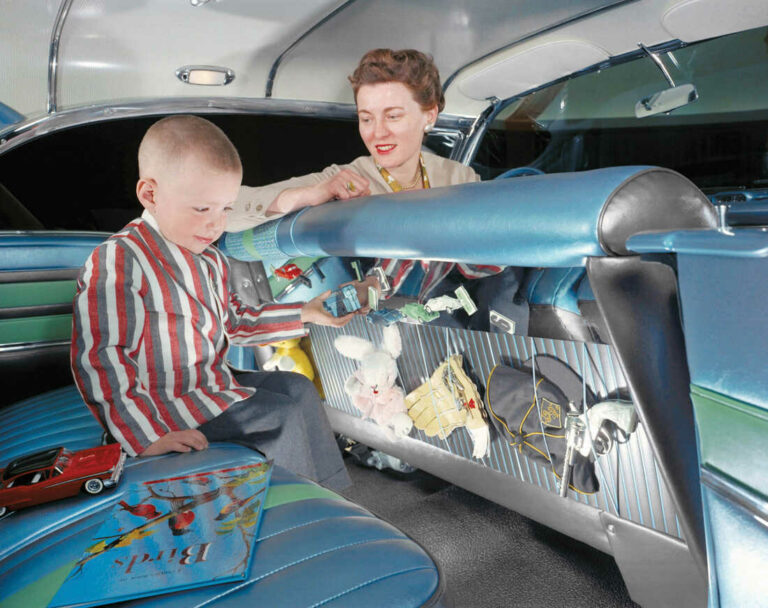{ “title”: null, “description”: null, “tags”: null, “rewritten_content”: “In a recent interview on NPR’s Fresh Air, journalist Nancy Nichols discussed her new book, Women Behind the Wheel: An Unexpected and Personal History of the Car. Nichols explores the fascinating and often overlooked history of how cars became a gendered technology, shaping women’s experiences and expectations in profound ways.
The Car as a Reflection of Gender Roles
Nichols highlights the contrasting ways men and women have traditionally viewed cars. “The car, for men, has always been about adventure, about power, about strength, about a performance of their own masculinity,” she explains. In contrast, “The car for women was about making sure that you could take care of your domestic duties — what you needed to get done for your job as a mother or your job as a housewife.”
The interview explores this difference:

Early Cars and the Electric Starter
The early days of automobiles presented unique challenges for women. Hand-cranked engines demanded physical strength, while the lack of power steering and brakes added further difficulty. Nichols points out that it wasn’t until the invention of the electric starter around 1910 that cars became truly accessible to women. The first “ladies’ car” was often an electric model, favored by wealthy women like Clara Ford, who drove a Detroit Electric. These cars were seen as less intimidating and dangerous.
Fashion and the Evolving Car Culture
As cars became more commonplace, the automotive industry recognized the need to cater to women’s needs and desires. The interview revealed the emergence of car coats in the 1910s, designed for easy entry and exit from the open-topped vehicles of the time. Accessories and coordinated outfits became popular to accommodate the demands of driving.
The Minivan: From Hippie Van to Mom Mobile
The humble minivan underwent a significant transformation, evolving from a space of romance for hippies to a functional tool for the modern working mother. The minivan became a symbol of women balancing work and family duties, perfectly exemplified by the boom in women drivers during the Baby Boomer generation. Nichols stated, “The American automobile industry [was] on every single demographic trend. They fully understood what women wanted and needed, and they were out to make it work for women, in very capitalist ways.”
Subaru and the LGBTQ+ Community
Nichols also discussed Subaru’s successful marketing strategy. Subaru recognized that their cars appealed to essential workers, like nurses and EMTs, and the LGBTQ+ community seeking reliable vehicles. This led to targeted advertising, using coded messages like license plates that read “get out and stay out” and “P-Town.”
The Future of Women and Cars
Nichols concludes by emphasizing that the gender dynamics of car design and manufacturing remain important, especially regarding crash test dummies. The original crash test dummy was a male figure, leading to the evolution of dummies to better represent women. She wants women to be “aware of all these aspects of the car. The car as a domestic space, the car is a place where you can really be injured. And I want them to just kind of take ownership of this.”
The conversation with Nancy Nichols offers critical insights into the cultural forces that have shaped the relationship between women and cars, urging women to consider their pivotal role as active consumers in the ongoing evolution of automobile technology.” }



